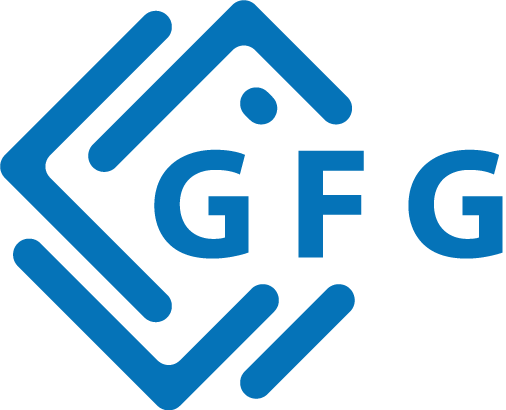Key Terms Every Trader Should Know
Comprehensive Forex Glossary
Understanding Forex terminology is essential for anyone entering the world of currency trading. Whether you’re a beginner or brushing up your knowledge, this glossary will help you get familiar with the most commonly used Forex terms.
At GlobalForexGuide.com, we believe that clear knowledge leads to smarter trading. Let’s break down the jargon.
Leverage
Understand how leverage can amplify your trading potential and risks.
Pip
Discover the significance of pips in Forex trading and how they impact your trades.
Forex Glossary
Master Forex Terminology
Our Forex glossary is designed to provide you with clear and concise definitions of essential terms used in the Forex market. Whether you’re a beginner or an experienced trader, understanding these terms is crucial for making informed trading decisions. Dive into our glossary to expand your Forex vocabulary and gain a deeper insight into the world of currency trading.
Explore Forex Categories
Basic Forex Terms
Advanced Trading Concepts
Technical Analysis
Fundamental Analysis
Trading Strategies
Risk Management
🔎 Why This Glossary Matters
Forex is filled with specialized terms that can confuse newcomers. Having a handy glossary helps you:
-
Understand tutorials and broker platforms
-
Follow expert analysis with ease
-
Communicate effectively in trading communities
📌 Final Thoughts
Learning the language of Forex is the first step toward becoming a confident trader. Bookmark this page as your go-to reference and continue expanding your knowledge as you grow in your trading journey.
Explore more guides and tools at GlobalForexGuide.com – your partner in smart trading.
